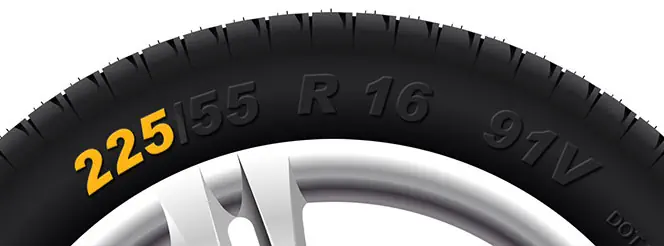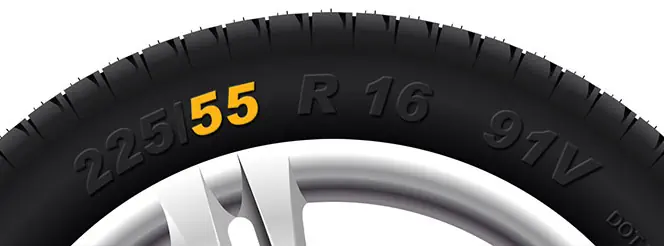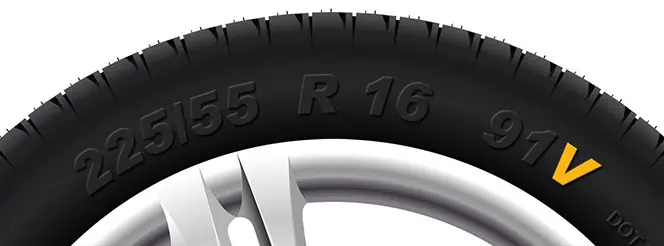Rules of the Road and How They’re Changing
Kwik Fit | Tuesday 16th April 2019 9:33am

The rules of driving are always changing and it can be hard to keep up. But such changes are put into place to try and make the roads safer for drivers, cyclists and pedestrians.
In 2017, over 170,000 people were injured in the UK because of a road traffic accident. More and more people are taking to the roads in their own car rather than using public transport. As a result, there are more cars on the road which increases the potential for a crash to occur.
But we want you to be safe on the roads at all times. This could include getting your tyres checked regularly to ensure they’re up to standard, or you could check that your headlights and brake lights are all working correctly.
Here are some other steps to take to make the roads a safer place.
Don’t drive if you’re tired
Tiredness can have a huge impact on your driving, especially your reaction time. You’ll also find it harder to pay attention to what’s happening on the road. Drowsy driving is nearly as dangerous as drunk driving, so protect yourselves and others by stopping for a break.
Respect the speed limit
Speed limits are set for a reason, so it’s safer to stick to them. Speeding is one of the leading causes of collisions on the road. You should look out for recent speed limit changes in your area.
Be aware of what's around you
Driving takes a lot of concentration. You have to constantly think about what’s behind you, what lane you should be in, what the speed limit is, whether there are pedestrians trying to cross the road and when you need to indicate. This is why you should try to be aware of your surroundings all the time so you can make quick decisions when you need to.
You should also leave enough space between you and the car in front should you need to brake suddenly.
Stay safe in the car
Every passenger should be wearing a seatbelt at all times when the engine is running and children should be in a suitable car seat depending on their weight, height or age.
Dogs or other pets in the car should be restrained so that they can’t distract you whilst you’re driving. For example, a cat should go in a carrier and a dog should have its own seat belt harness to keep it safe and strapped in.
If you want to read about some of the most recent adjustments that have been made, including changes to MOTs, driving tests and general road usage, download our new eBook below which outlines some of the more major developments to #DrivingIn2019.
Any facts, figures and prices shown in our blog articles are correct at time of publication.
Featured Articles
Is it Illegal to Drive With One Headlight?
Saturday 19th July 2025
Wondering if it’s illegal to drive with one headlight? Learn about the safety risks and penalties of illegal blown bulbs and why you should fix them promptly.
Air Con in EVs & Hybrids: Experts Answer Your Questions
Monday 30th June 2025
Does air con drain EV batteries? Can you use the air con while charging an electric car? Find out the answers to these questions & more from Kwik Fit’s experts.
Why Is Your Car Making a Noise? Fixes & Tips
Friday 13th June 2025
When your car starts making unexpected noises, it can certainly be quite disconcerting; it may be nothing to worry about, but here’s what you need to know.









